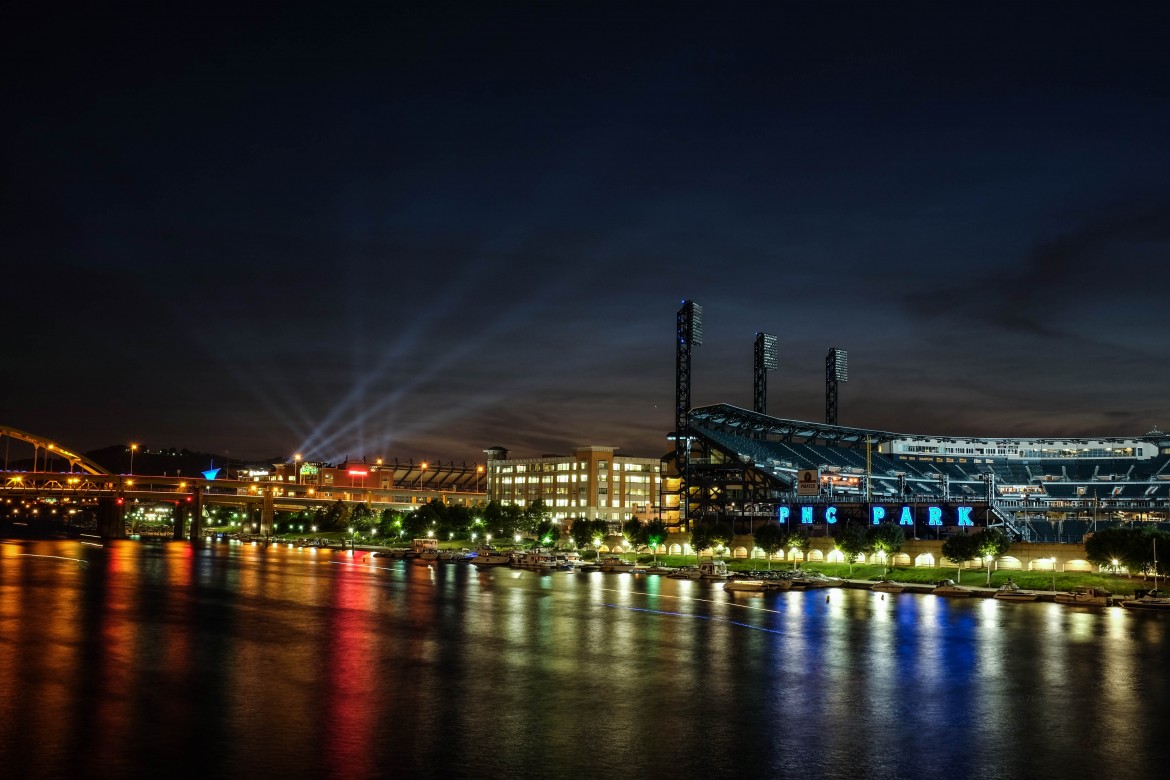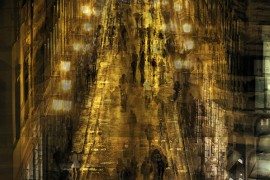Have you ever seen a photograph that had such sharp lines in it that you feel as though if you were to touch it you might get cut? Well that’s just ridiculous, photographs can’t cut you. But we know what you mean, a sharp photograph looks really defined. It’s not as simple as dialing in the focus you want and slapping the shutter button, no there is a little more to it than that.
Crop of the top photograph.
If you are the type that likes to take a photograph that you can zoom all the way in and it’s still sharp and in focus then read on. Your camera plays a role in your ability to capture a sharp image, as does the lens you use. But your camera or lens can’t help you if you don’t know how to set your camera to the correct settings.
Below we will touch on the three most important settings:
Aperture
ISO
White Balance
Aperture
Your aperture is the single most important setting when you are taking a photograph like the one above. The smaller your aperture the more frame you’ll have in focus. But wait, to complicate things more, if you close your aperture (smaller f/number) to far you’ll get lens diffraction which degrades your image quality and softens the image. An aperture of f/11 is about as high as I’d go (some would argue lower). The image above was taken with an aperture of f/11 and it came out very sharp.
[alert type=”notice”]You must use a tripod in low light if you want maximum sharpness.[/alert]
ISO
Your ISO should be set as low as possible as well which means you’ll need to use a tripod in low light. Don’t fear the tripod, you’ll be very pleased when you see the quality of image you capture at low ISO’s at night (especially where there is water involved). The photograph above was taken with an ISO of 200.
Crop of the same image from above.
White Balance
Lastly, your white balance. When taking photographs at night you may need to adjust your settings off of automatic for your white balance. This is where taste and artistic style play a role. Try to adjust towards the cooler side (more bluish) after the sun has set and you’ll achieve a more realistic looking photograph. Don’t be afraid to try multiple white balance settings when doing cityscape photography due to the multiple light sources coming from the city.
[alert type=”info”]What do you think? Do you have another approach to sharp images? Leave a comment below and share your wisdom.[/alert]








For your article “HOW TO CAPTURE A SHARP PHOTOGRAPH AT NIGHT”, I think the other important factor is post-processing and what I mean here is the ability to sharpen the image just enough that it has the pop-out sharpness. Of course one has to start with a well taken sharp photo to start with…. aperture, ISO, mirror-lock, tripod, timer shutter release, composition, good lens and so forth.